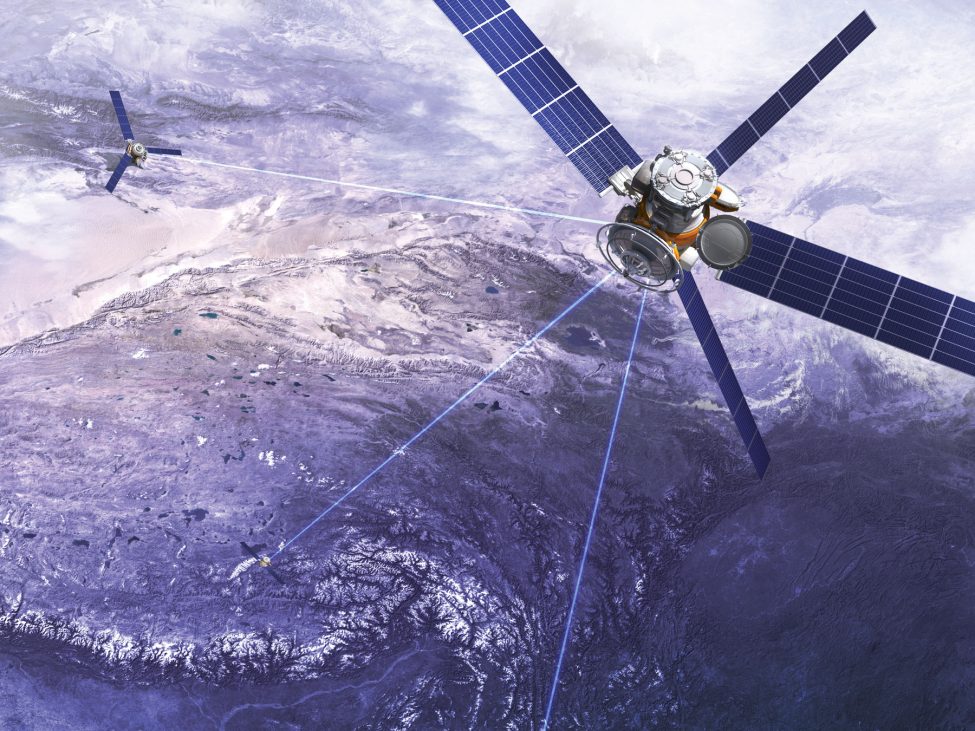
There are many activities afoot in the US and elsewhere to bring about the relatively near-term implementation of various data link technologies – both in the cockpit and on the ground. In today’s landscape, communication between pilots and controllers on the oceanic airways of the North Atlantic (NAT) is accomplished oftentimes through a combination of long-range VHF radios, HF radios, and for those equipped and approved, Controller Pilot Data Link Communications (CPDLC) technology – the in-cockpit text messaging ability.
Tomorrow’s world, as aligned with NextGen transformations, will see these DataComm technologies implemented in an effort to alleviate the audio congestion on radio frequencies thereby increasing airspace capacity, direct routing and allowing for faster clearances with auto-acceptance.
DataComm Components
The three primary components to DataComm are Future Avionics Navigation Systems (FANS) 1/A, CPDLC, and Automatic Dependent Surveillance – Contract (ADS-C). ADS-C is similar to ADS-B, but is used primarily for making position reports. With the same data link system operators should be able to request and receive their oceanic clearance. ADS-C is separate from CPDLC – you can use ADS-C without CPDLC, but not CPDLC without ADS-C. These two systems combined provide the basis for FANS compatibility.
DataComm Implementation
The FAA has published several notices that address data link enhancements and operations in the NAT. In the NAT FANS 1/A, CPDLC and ADS-C will begin Phase 1 on February 7, 2013 on two designated tracks over the Atlantic between Flight Levels 360 and 390 inclusively. Phase 2 will cover a broader area of the MNPS (Minimum Navigation Performance Airspace) beginning February 2015 with further details on vertical and lateral dimensions to come.
All of these activities will allow for greater safety, efficiency and capacity both in airspace, spectrum and manpower. For the present they are non-exclusionary to allow for a reasonable period to phase in these new and different technologies, but the day is fast approaching when these blocks of airspace will require participation for access and that will require installation of some additional avionics.


 International Business Aviation Council Ltd.
International Business Aviation Council Ltd.